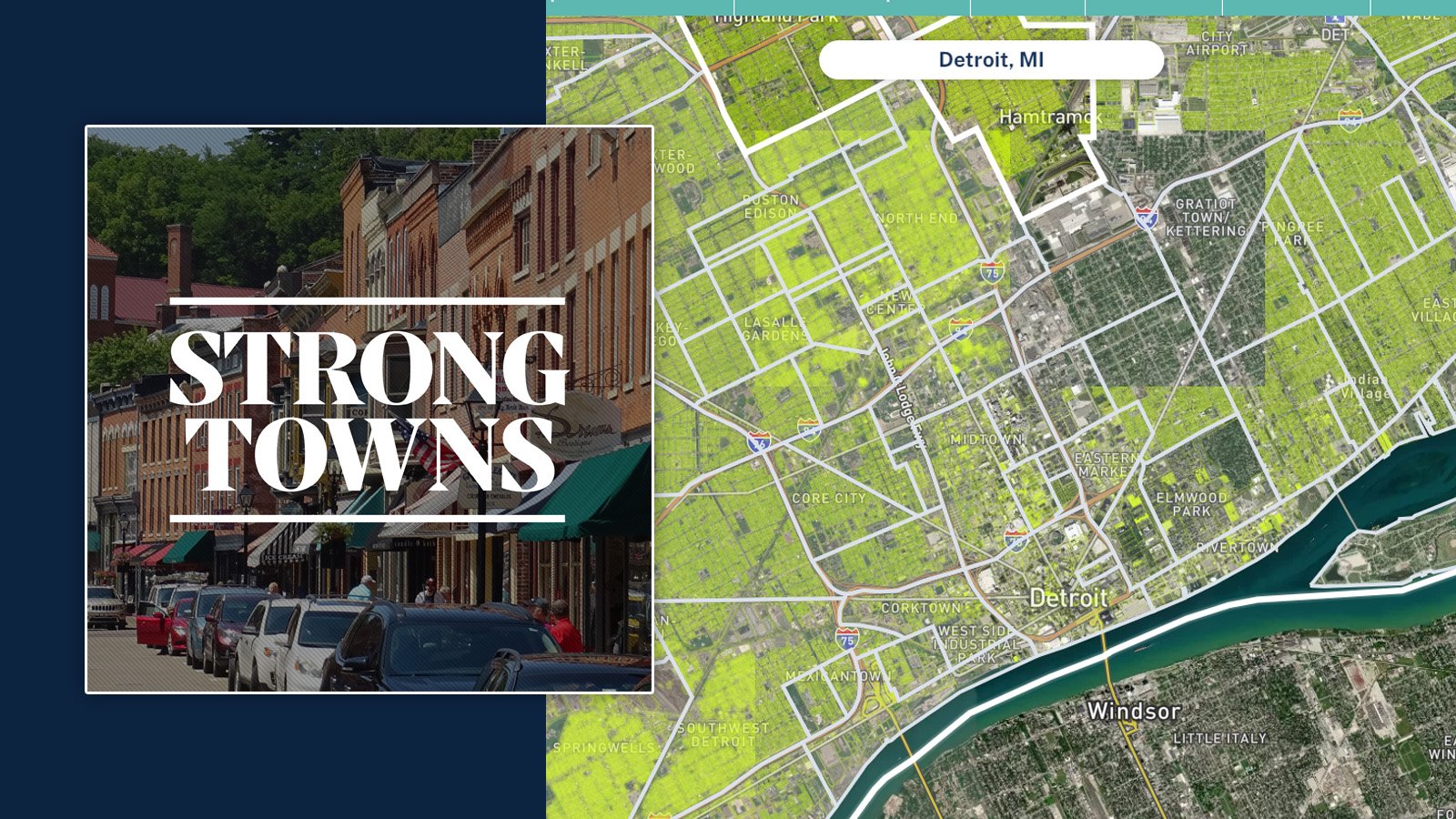Hitsville U.S.A. is known for producing artists, recordings and a distinctive Detroit sound, but it also represents an important element of a strong city: mixed-use development. If Detroit hadn’t let Berry Gordy turn the first floor of his home into a recording studio, Motown Records might not exist today.
Read MoreSarasota County, Florida, is planning to use hundreds of millions of dollars to subsidize housing. But this money isn’t going toward low-income housing — it’s going toward road construction for gated communities.
Read MoreIncremental development is a low-risk, high-reward method of building a strong town. Here’s some do’s and don’ts to get you started.
Read MoreFrom arbitrary restrictions to overly harsh penalties, many homeowners associations (HOAs) do little to endear themselves to their neighborhoods. But your city may have more responsibility for these conditions than you realize.
Read MoreThere used to be an article about Culdesac here. It was a poor representation of Strong Towns ideas, and after some consideration (and it being referenced in an ongoing conversation about development) we decided to retract it. Please enjoy these recommendations instead.
Read MoreConnecticut is trying to reform state and local zoning laws to allow diverse and affordable housing production. However, their efforts still rely on the suburban approach — accruing large amounts of debt in anticipation of future growth — so they may be doomed to failure.
Read MoreAs prices rise, housing affordability has become an increasingly popular topic of discussion across North America. However, in our current system, affordable housing is an oxymoron: Housing is treated as an investment, and good investments constantly increase in price. To escape this paradox, we must change the way we think about housing.
Read MoreThe U.S. Justice Department is investigating the possibility that the major software company RealPage is facilitating price-fixing among large landlords and management firms.
Read MoreMany housing advocates celebrate large supplies of housing and low rents. However, this is only one stage of a larger boom-and-bust cycle and cannot be maintained. To break out of this cycle and sustainably improve housing accessibility, we need to redirect our focus to incremental development.
Read MoreIn 2017, California passed a law that was supposed to open up new levels of incremental development. But in many cities, zoning codes still make that development near-impossible. The city of Ukiah is working to change that.
Read MoreThe Strong Towns approach to housing has some obvious differences with NIMBYs, but what about the YIMBY movement?
Read MoreA recent tweet from the POTUS saying that we need to “build, build, build” to end the housing crisis might reassure some, but there’s reason to be skeptical about how he’s suggesting we do so.
Read MoreWhat percentage of property in any given jurisdiction in the U.S. is locally owned—and are the implications of those numbers? Here to talk with us about it is Alex Alsup of Regrid, which has made the only complete national parcel map.
Read MoreIf we listen to those concerned about housing affordability, rents are already too high and may only go higher. If we listen to those concerned about housing finance, rents are about to collapse. Can both of these narratives be true?
Read MoreWhen housing is scarce, the affordability and quality of it tend to go down. If we want to solve this, we need more housing supply—but how do we make that happen? (Hint: Not necessarily through large-scale federal programs!)
Read MoreA bill to legalize certain forms of “missing middle” housing statewide in Minnesota appears dead in the legislature. Yet, here are 4 reasons why it’s still not a total loss.
Read MoreEveryone has an entry point on their journey to taking action for their place. For Bernice Radle, it was witnessing the steady depopulation of Buffalo, NY, and seeing a landscape of unused, unloved buildings headed for the wrecking ball.
Read MoreLike so many places, Muskegon, MI, has a shortage of housing and a surplus of vacant lots. That’s why it’s enacted a program that allows it to redevelop those lots into affordable housing—at a low risk to the city.
Read MoreCincinnati is currently undergoing a significant planning reformation effort, which involves unveiling what’s being called the Connected Communities plan. Joining us to talk about it is Cincinnati urban planner John Yung.
Read MoreIt's not that cities can’t or shouldn’t learn from each other. But there simply aren’t the kind of drag-and-drop solutions that some pundits (who are either naïve or dishonest) would like to claim.
Read More



















